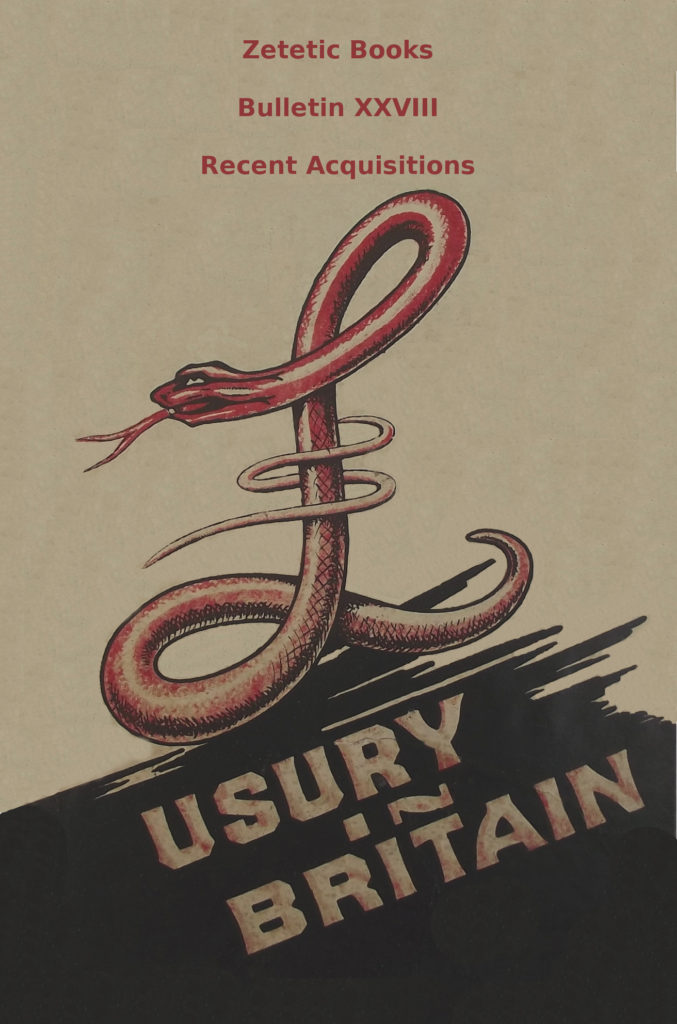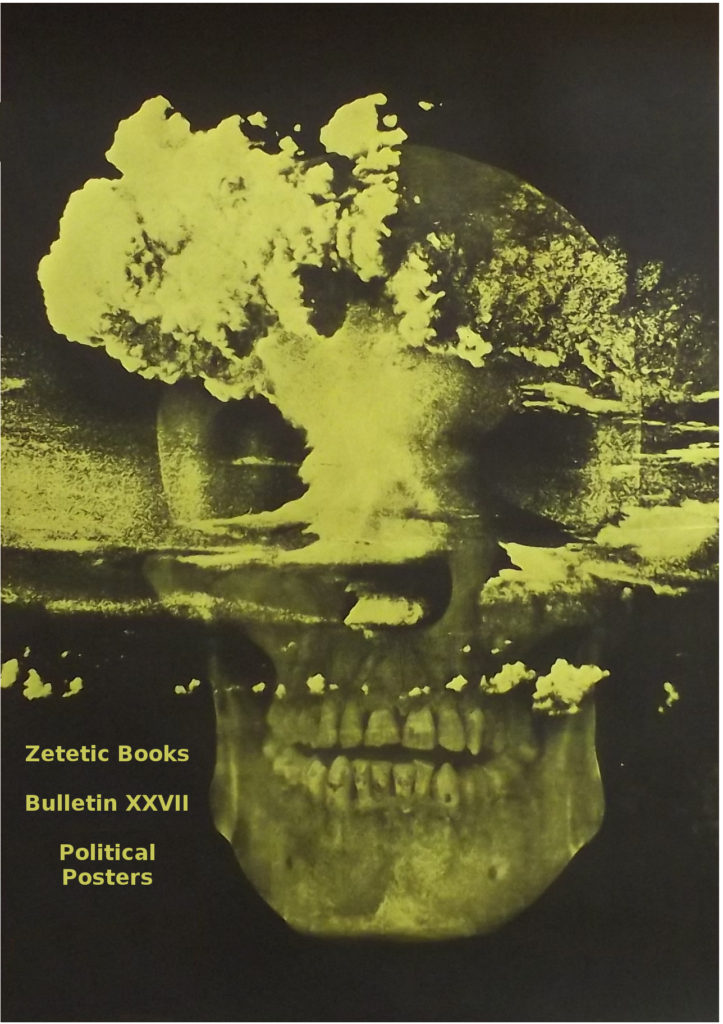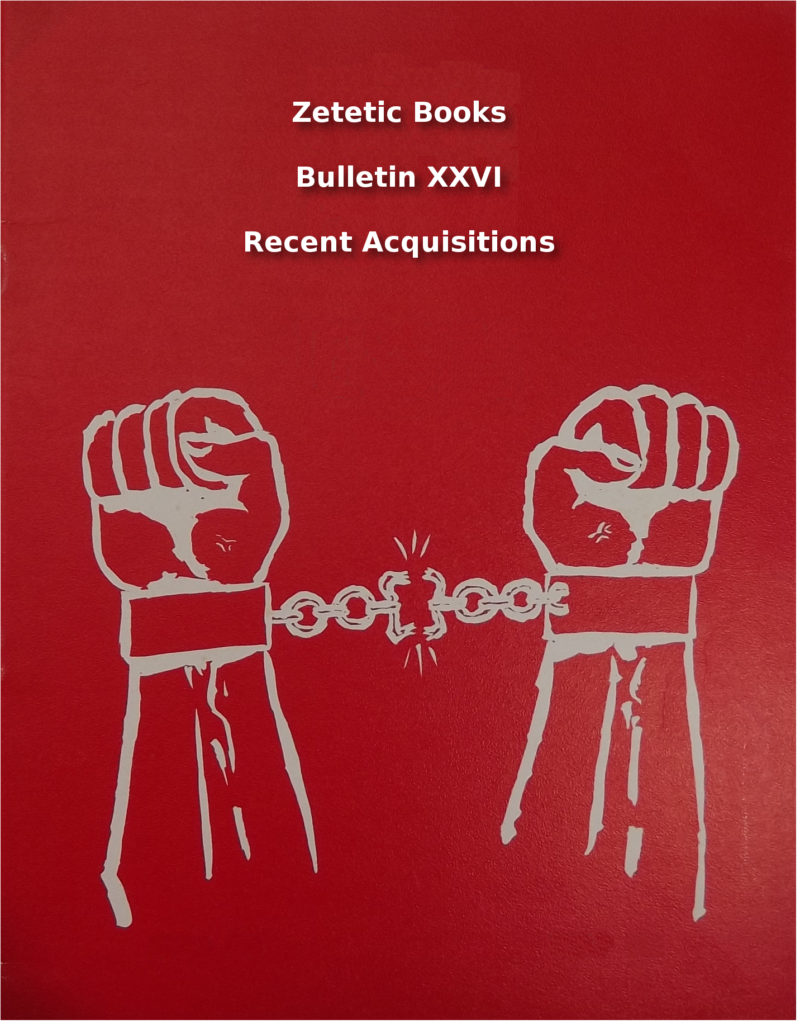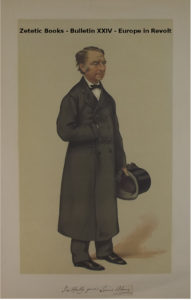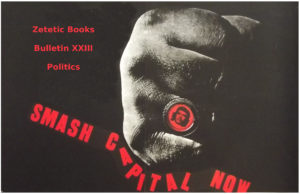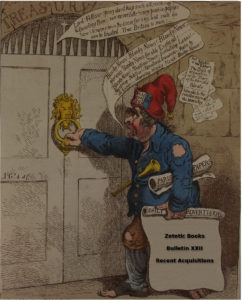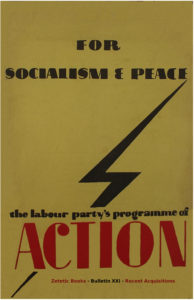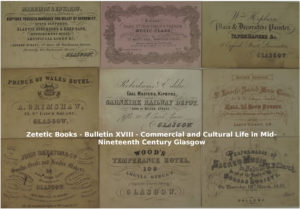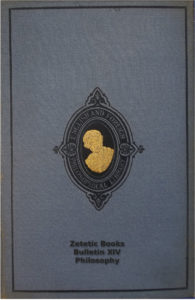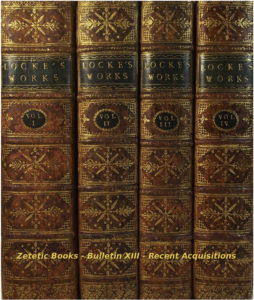Well, another couple of years goes by without the promised regular updates and posts… not that anyone has complained
Bulletins continue to be produced sporadically, we are now up to LXIV, with the latest catalogue, on Arthur Wragg, being catalogue XX
We did rejoin the PBFA, so can now be found at several of their fairs around the country, check the Book Fairs link on the website for the latest news; and I occasionally do the ETC Fair in London, so if there is anything you would like to see, let me know and I will do my best
I won’t say that posts here will be more regular, but I will try – Instagram is my preferred output as it’s quicker, and I am lazy (and posts there are infrequent anyway)
